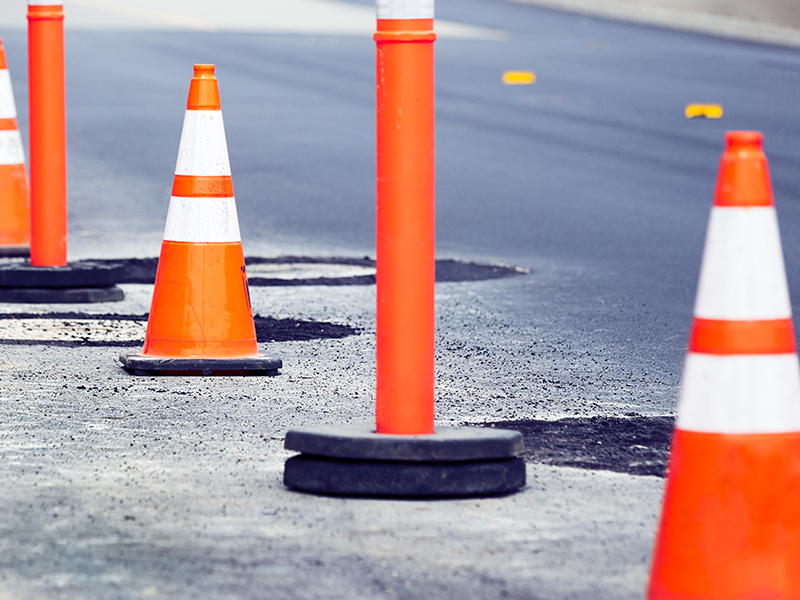By Katy Reeve
Valley residents can expect an improved commute while driving the Loop 101 between Pima Road in Scottsdale and the Interstate 17 interchange. New lanes will be added in each direction on this stretch of the heavily-traveled portion of the Loop 101.
According to Maricopa Association of Governments (MAG), the project will address bottlenecks along the Loop 101 at Interstate 17, Cave Creek Road, State Route 51 and Tatum Boulevard. On average, residents in the metropolitan Phoenix area currently spend 35 hours per year sitting in traffic.
While these lane expansions should help traffic congestion initially, officials expect this portion to get busier in years to come as the Phoenix metro area continues to grow. Phoenix is currently the sixth largest city in the U.S. and home to 1.5 million people. The greater metropolitan area ranks 11th nationwide with 4.7 million and shows no signs of slowing that growth. According to the U.S. Census Bureau, Maricopa County was the fastest-growing county in the country in 2017.
The project is expected to start in early 2019 with a planned completion date sometime in early 2021. The plans according to the Arizona Department of Transportation (ADOT) include the following improvements:
• Ramps and frontage road connection improvements at 10 locations along the freeway
• One additional general-purpose lane between Pima Road and Interstate 17 in each direction
• Auxiliary lane between Cave Creek Road and 7th Street in each direction
• Drainage and technological improvements
• Installing rubberized asphalt overlay to reduce noise
• Constructing noise or retaining walls where needed
• Improvements to pavement markings
A critical component to this project, the ADOT Noise Team works to mitigate noise for federal projects as required by the National Environmental Policy Act. For more than 20 years, Arizona highways and city streets have been resurfaced with rubberized asphalt as they reach their normal life expectancy. Initially known for helping reduce the disposal of used tires, rubberized asphalt has only recently been recognized for its traffic noise reduction.
According to ADOT’s Quiet Pavement and Noise Program website, rubberized asphalt consists of regular asphalt paving mixed with rubber from used tires that would otherwise end up in landfills. Rubberized asphalt has the benefit of being smoother and quieter. Noise readings have shown the rubberized asphalt generally reduces tire noise by an average of 4 decibels. Approximately 1,500 tires are used for every lane-mile of rubberized paving, which can put a major dent in the 2 million used tires that are generated annually in Maricopa County.
In early 2019, ADOT is expected to hold informational meetings and two community open houses, one in Phoenix and one in Scottsdale, prior to the start of construction. Dates, times and locations of the community open houses will be announced in advance. To learn more about this project, visit ADOT’s Central District Projects at www.azdot.gov.





